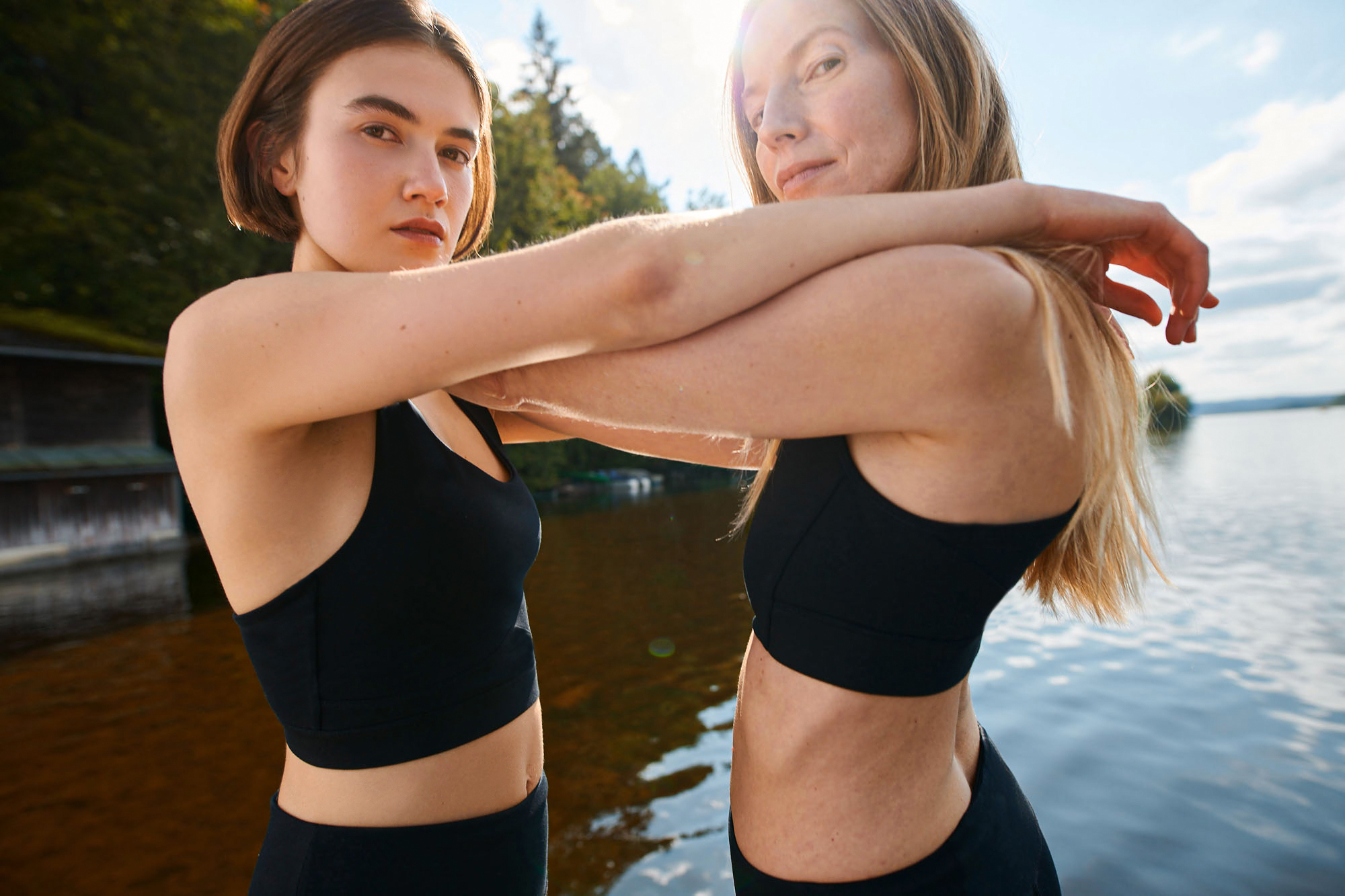Becky Little is a builder and mud mason, as well as an artist and teacher. She works predominantly with earth and other natural materials to create and finish buildings. Her travelling education programme The School of Mud teaches traditional earth building techniques to people across the UK and Europe, from schoolchildren to surveyors and architects. Features Editor Victoria Earle talked to her about her work.
Hi Becky. Tell us how you became a builder.
Becky Little: I was studying Combined Arts at Newcastle University but I wasn’t enjoying academia. I knew I wanted to work outside. I met a bricklayer and started doing some work for him.
He was also at my Uni doing a similar degree, but he had a house in Scotland and moved back there when he’d finished. He had become a specialist conservation builder by that time. After I graduated, I joined him and worked on building sites and historic buildings around Scotland, working with traditional mortars.
Historic Scotland then spotted me aged 21 on a building site in Brodie Castle. They sponsored me to be a building intern. I was the first one, a kind of guinea pig, for a new internship programme in building conservation. My training was in traditional mortar, so lime mortar with stone in the early days, and later earth techniques. I’ve built all sorts of buildings from shelters to visitor centres. My speciality is the finishes.
Whereabouts in Scotland are you based and is there a history of earth building there?
Becky Little: I live in Fife, not known for its earth buildings but there are some hidden fragments here and there and it would have been much more common in the past. The hot spot for mud wall buildings is half an hour away in Perthshire, in a region called the Carse of Gowrie. But actually, I have travelled all over Scotland and Europe to carry out earth building.
Why earth?
Becky Little: Earth or soil is the most sustainable material on the planet. It has massive building possibilities from cob walls to bricks and plasters. It’s fantastic for retrofit projects too. When you build with earth you don’t need cement, which is one of the planet’s biggest polluters. Cement accounts for 8% of the world’s CO2 emissions.
Earth is the ultimate green material – it is accessible, sculptural and tactile and infinitely recyclable. And an earth building is very safe. You can put a roof straight on it.
Can you use any type of earth and where do you get it from?
Becky Little: Good question! Any heavy sticky clay soil can be used for building. It’s also easy to get hold of. You can go to construction sites and they’ll give it to you – that way it has a very low carbon impact too.
How do you construct an earth building?
Becky Little: Well, that is a big question because there are many different techniques! The most basic is mudwall (also known as cob) where you mix sticky clay subsoil with straw, and then build the mix in layers using feet to compact the material and a big fork to beat it into shape. So, it’s like sculpting from the ground up. Each layer (or lift as it’s known) is approximately two feet high – you go all the way around the building in the layer till you’re back to the start, then do the whole thing again. It’s like coil pottery on a very big scale! Windows and doors are built in as you go.
Tell us about The School of Mud
Becky Little: The School of Mud is about nurturing skills, creativity and wellbeing while working with earth and natural materials. I teach architects, surveyors, architecture students, primary school children and also run courses for Historic Scotland and Historic England.
Kids love it. We mix earth, water and straw, use our feet to mix it. With school groups, we might produce clay ovens while learning about science, art and ecology. At my sons’ school, we built a park shelter.
Designing with the earth is really important. It’s vital that designers, surveyors, architects and engineers all understand its potential in terms of lowering the carbon emissions of buildings.

And the School of Mud has delivered accredited training to young people who are facing life challenges?
Becky Little: Yes, last year we worked in partnership with the Simple Shelters project in Falkland and The Conservation Volunteers in Grangemouth to deliver accredited training to young people. Earth building is great for reaching learners who might not thrive in conventional settings.
The earth building makes them feel grounded and connected, also empowered and more confident in themselves and their abilities. We might not make lots of earth builds (although a few I hope) but we are hoping to give these people better life chances.
Sometimes them just turning up is amazing, and they teach me a lot about life too – it’s a two-way process. To be honest, teaching is always about give and take, and earth building is such a communal activity where we can all feel involved in something bigger, something satisfying, meaningful, or maybe just fun.
Over lockdown, you led a group of artists working on and with the land in Fife, which you called the TransFORMation project. It sounds like it was a very healing process for the women artists taking part.
Becky Little: Yes, I did a lot of art in lockdown as I was home so much more. I set up this project to bring people together to work with our hands. I think we’ve been doing a lot of talking and thinking. Working with our hands is very therapeutic. The group were all women artists from different media bringing different skills. It was healing as well as uplifting and inspiring. Maybe because we were just emerging from that first lockdown.
The space felt so safe and nurturing as we connected and created together. It’s also about being women together: less competition, more support, tapping into something quite ancient – collective making, sitting round a fire, telling stories. Everyone should have this experience, it’s so good for the soul, an antidote to the stress and anxiety of the pandemic and all that it entails.
I’m now looking for funding to expand this in 2022.
What would you say to women who are thinking of becoming builders or stonemasons? Where might they start on this career?
Becky Little: I would strongly encourage more women to enter construction. The industry needs us. We have become approximately 50% of the workforce in earth building, while most of the industry is still dominated by men.
In Africa, it is the women who do the finishes on earth homes, similar to the pueblos in South Western United States. There are actually a lot of women earth builders in the US.
I think as women we have an affinity with the earth. We rework and rework, we use texture and natural colours.
The construction industry is a hard place to be and there’s a high rate of suicide among builders. It is very macho. You have to prove yourself every time you step onto a building site and there is a lot of banter. When I worked on sites there was a lot of sexism and p*** taking.
There are some great crews of women builders and they do work differently. There is more community, better communication, a more cooperative way of working. When I’ve worked with women we might start a morning with some yoga, we create circle time to check in with each other. It’s very collaborative.
Earth building sites are much healthier and happier places to work in my experience, more supportive and cooperative. There is less elitism and hierarchies, plus we are working with safe and tactile materials that can be recycled indefinitely. Healthy materials and healthy work practices. It all goes hand in hand. And the more visible women become in building, the more will follow.

Follow Becky Little on Instagram at @becky.rebearth for regular updates and have a look at her website rebearth.co.uk for more information about her work.







